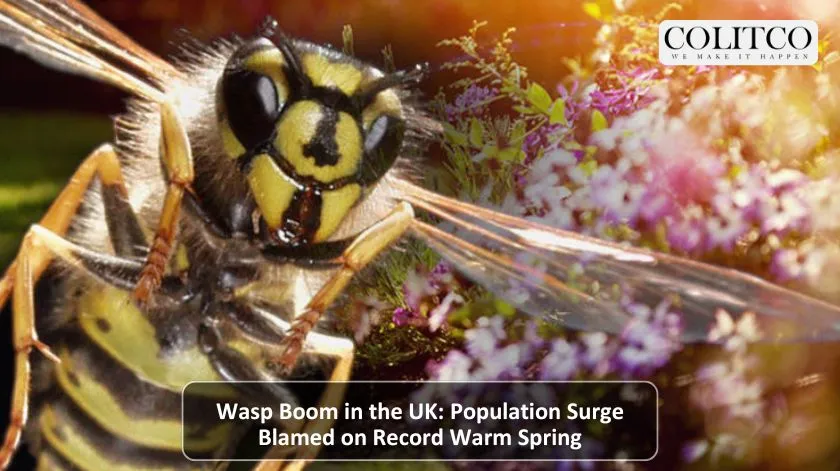The UK is experiencing a wasp boom this summer, and experts are blaming the population boom on the country’s warmest and driest spring on record. The population growth is being billed as one of the most noticeable in recent years.
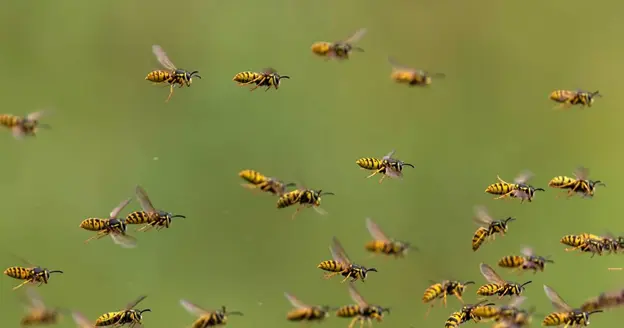
Wasps are swarming earlier than usual across the UK this summer
Record-Breaking Weather Enhances Survival Rates
Spring 2025 saw a record high mean temperature of 9.5 °C since records started, according to the Met Office. The drier and warmer weather created perfect conditions for the queens of wasps to make it through winter and form bigger colonies.
Typically, colder and wetter springs regulate numbers by destroying weaker nests before maturity. This year’s weather allowed more queens to thrive, leading to an early start to the wasp season and a boom in activity across the country.
Experts Record an Early Arrival
University College London behavioural ecologist Professor Seirian Sumner explained the extended hot weather meant wasps emerged sooner. Wasps would usually begin to spoil outdoor gatherings in late August, when their nutritional needs change.
However, larger colonies have already established themselves and are out searching for food. “The warm, dry weather has created ideal conditions for wasps to thrive. That means more colonies, more wasps, and an extended season,” Prof Sumner said.
Shift in Feeding Behaviour
At the beginning of the season, wasps love to scavenge proteins to feed the larvae. These include insects such as flies, caterpillars, and others that help to keep the pest down in an environment. This is also the time when food options like meat products are appealing, since it is also during this time that people like to go out and have picnics and barbecues.
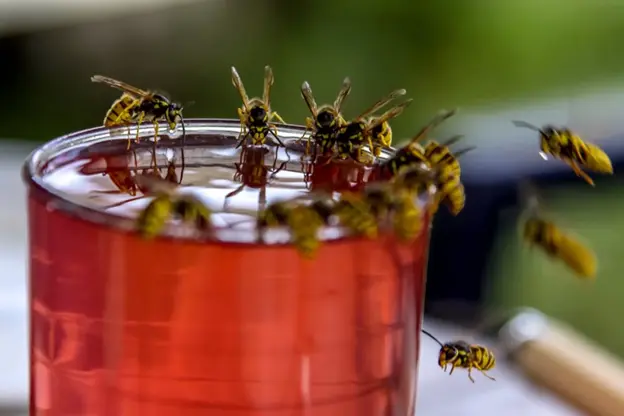
As summer progresses, wasps switch from protein to sugar cravings
As the summer advances and the larvae are being fed, the wasps change to sugar diets. With their preference for liquids, sweet drinks, fruits, and ice creams become frequent targets. Alcoholic drinks such as cider, beer, and wine are especially attractive because of the volatile compounds that they release.
Environmental Role of Wasps
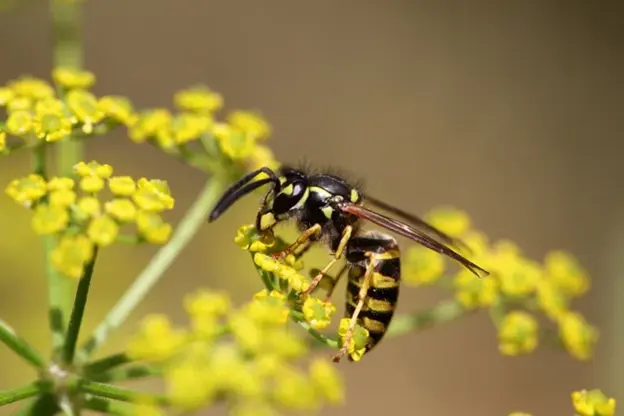
Wasps act as natural pest controllers and help with pollination
Despite their picnic nuisance reputation, wasps provide useful services. They are natural pest controllers, holding down populations of insects that damage crops and gardens. Their pollination function supports wider biodiversity, too.
University of Gloucestershire wildlife professor Adam Hart noted that wasps remain underappreciated. “Wasps are fantastic pest controllers, pollinators, and predators. They’re much maligned, but they serve an important function in the wider ecosystem,” he said.
Yearly Cycles and Climate Trends
Experts attribute the boom in wasp populations to a natural cycle, even if the contrast with last year makes it seem more so. Populations dropped dramatically in 2024, but the milder spring this year turned the trend around.
Professor Hart added that the hot spring and warm winter provided a good foundation for colonies to develop. While some people may think that the explosion is unusual, long-term data show that wasp cycles follow a regular peak and trough. Compared to 30 or 40 years ago, the numbers are comparatively lower overall.
Advice on How to Handle Wasps
Experts advise calm responses when dealing with wasps in the vicinity of food. Andrew Whitehouse of the charity Buglife advised individuals not to swat at them or panic, but to stay still or move slowly until the insect flies away.
Professor Sumner, who runs a public wasp behavior survey, suggested leaving a small quantity of food outside dining areas. Wasps are opportunistic and will more than likely choose an easier source. In case of a sting, simple painkillers or antihistamines are generally sufficient treatment.
Diversity of Species in the UK
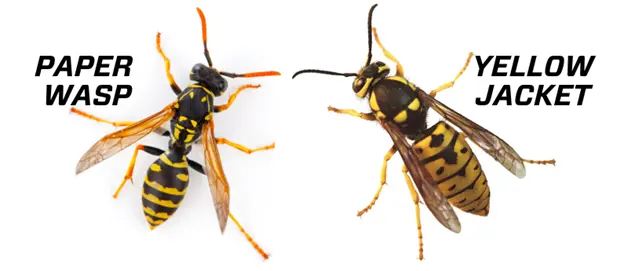
Yellowjackets and European wasps are the most common in Britain
There are around 9000 species of wasp in the UK, with only nine of them perceived as being social. The two seen most often are the yellowjacket (Vespula vulgaris) and the Paper wasp (Vespula germanica). The surroundings of food and drinks, during summer, are likely to be found with these two.
Scientists state that although the wasp boom can be annoying at picnics, it is a sign of a healthy comeback for insect populations. Their presence is considered a reminder of their important ecological function.

